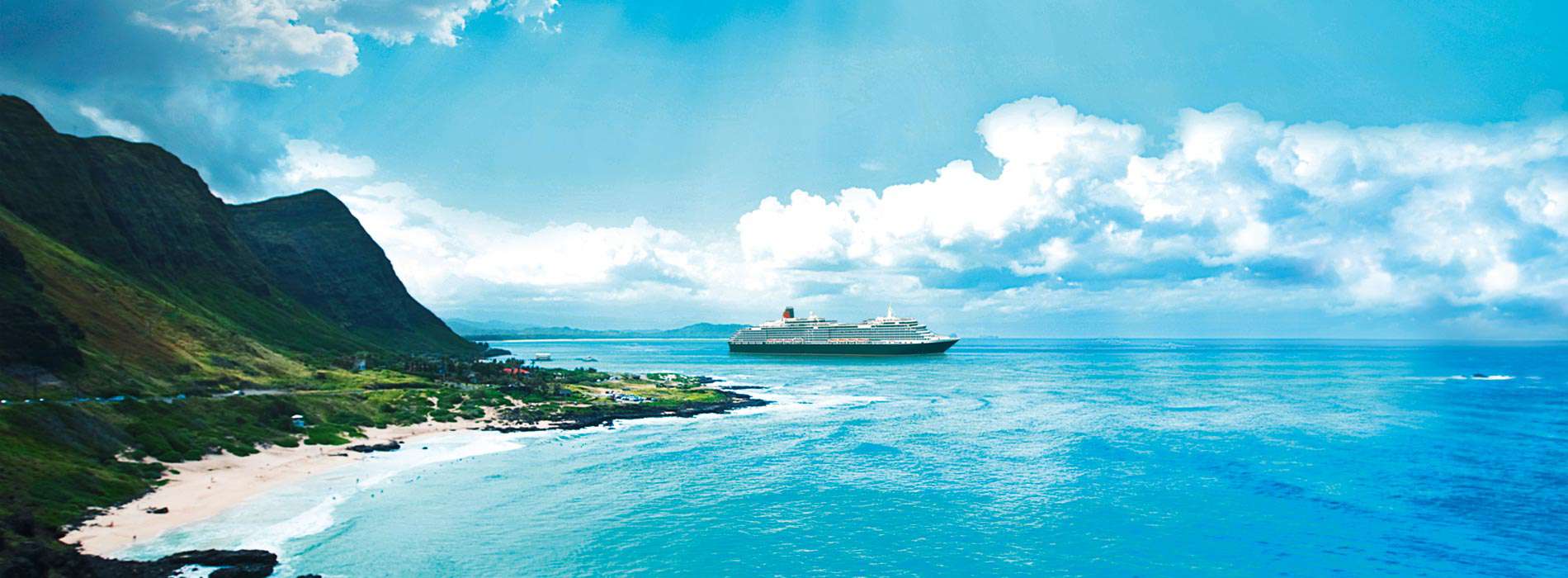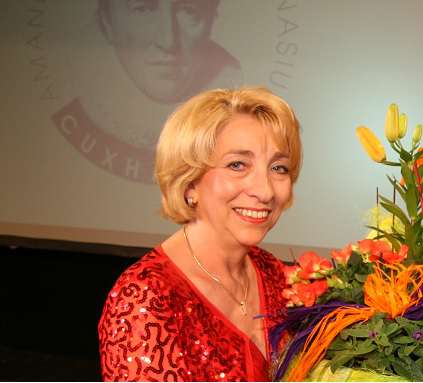My impressions of Singapore
Foillsichte: 03.04.2017
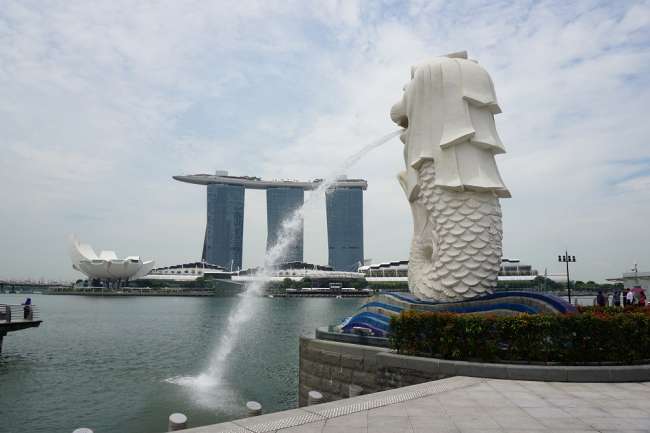
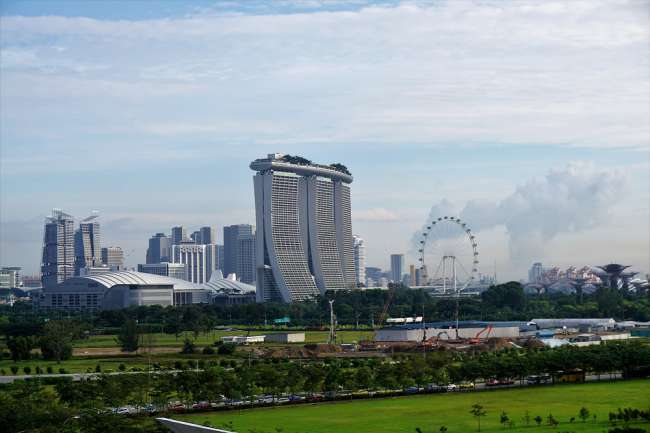
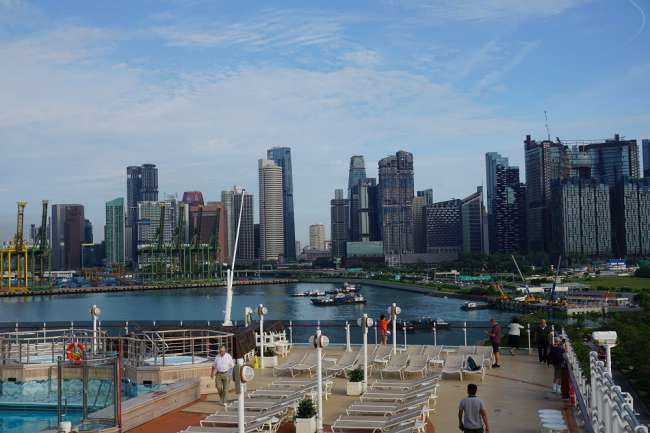
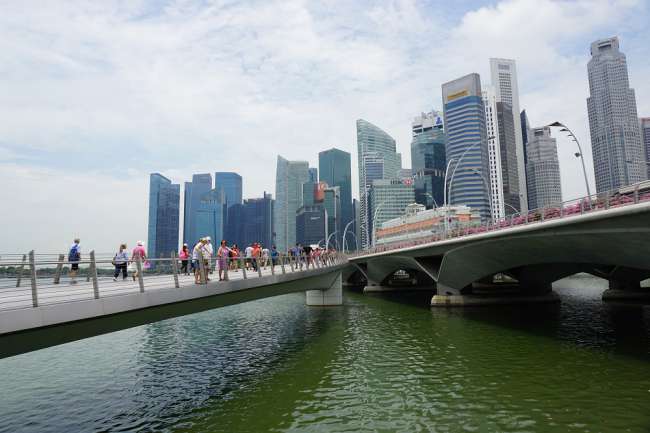
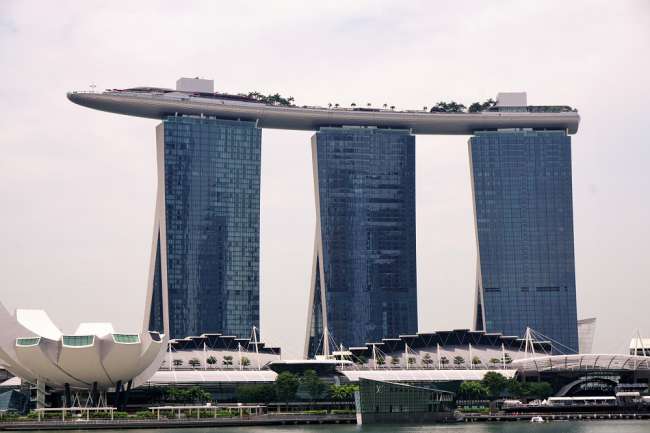
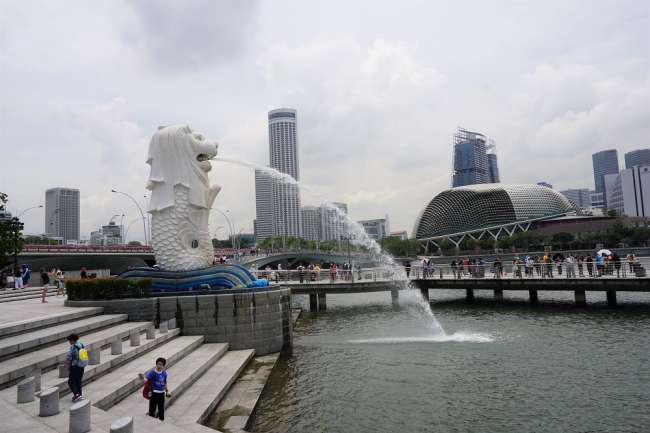
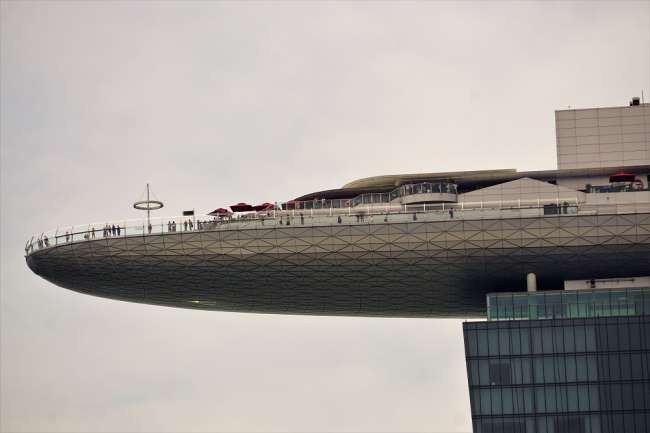
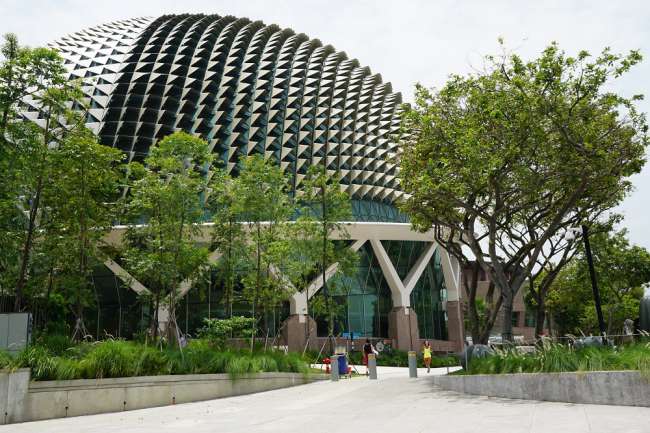
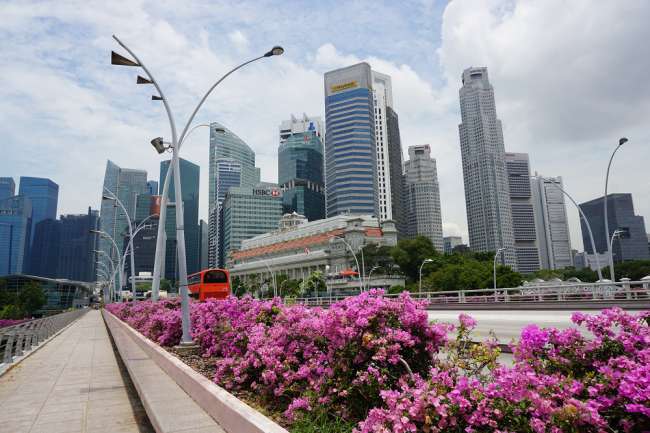
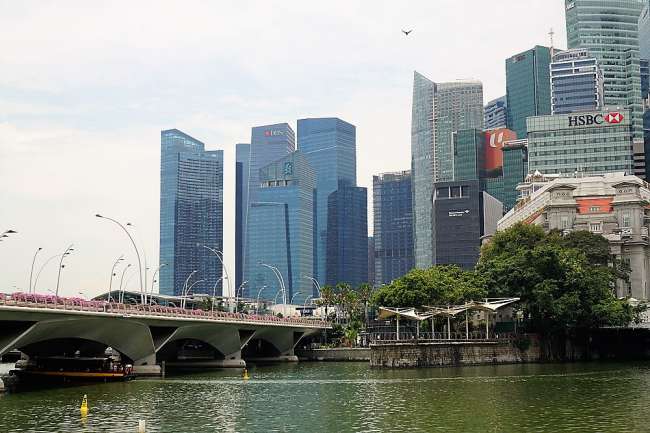
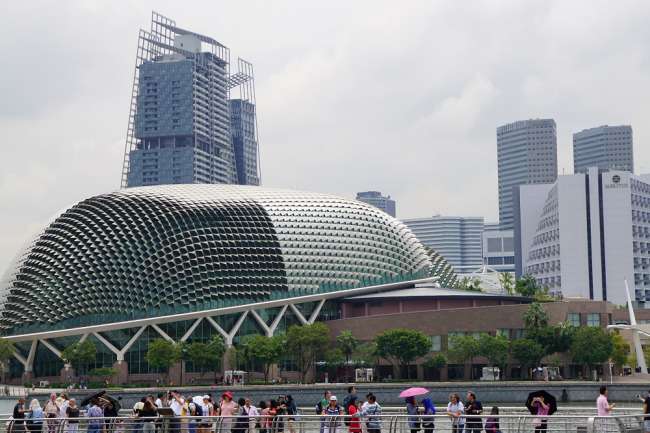
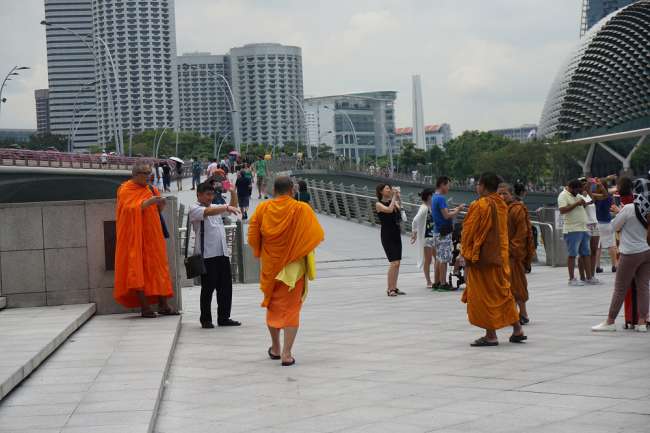
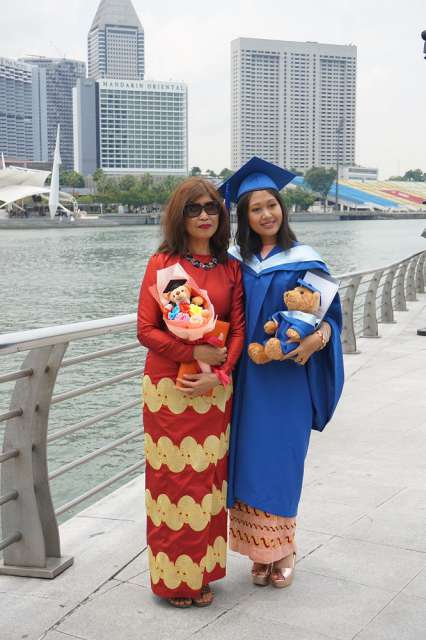
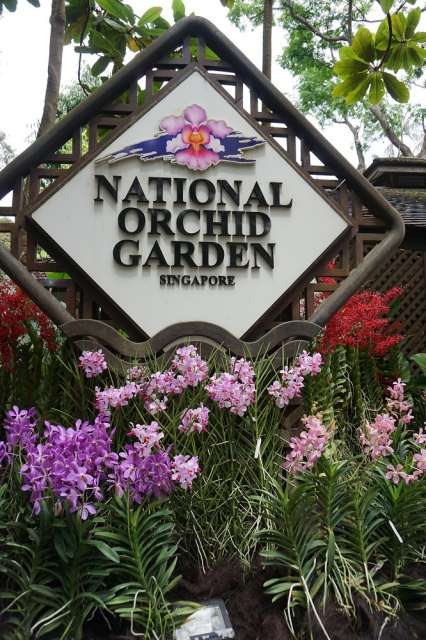
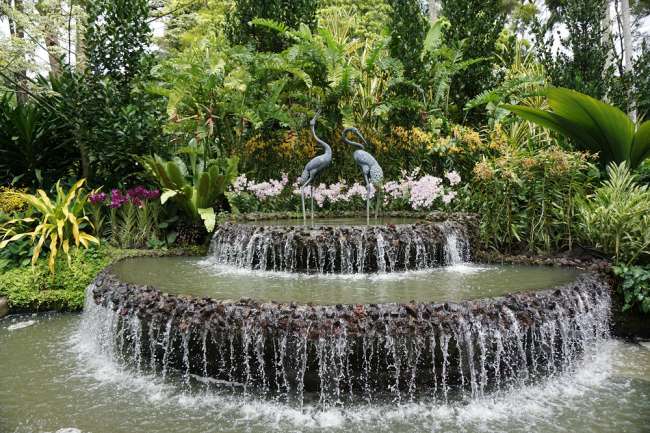
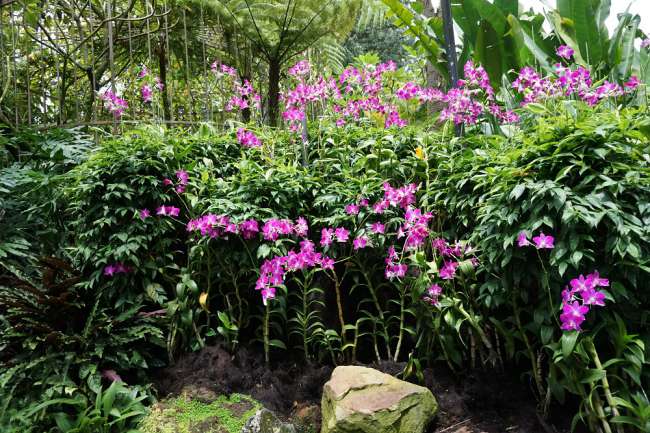
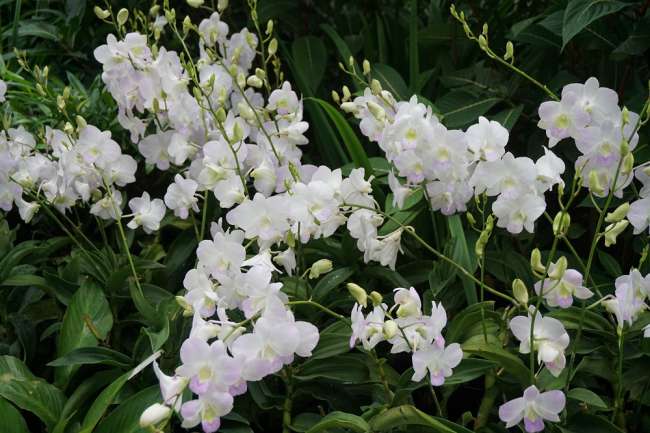
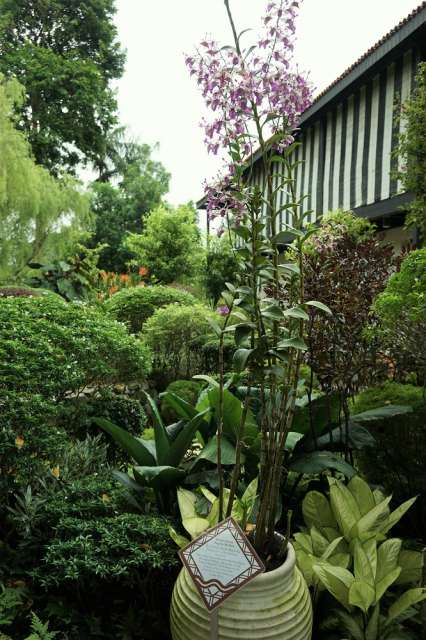
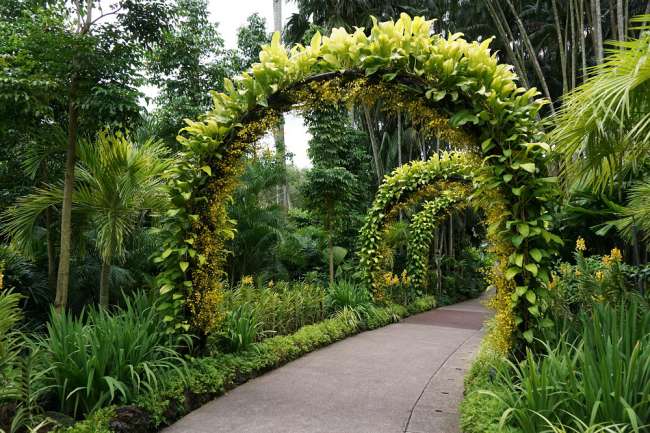
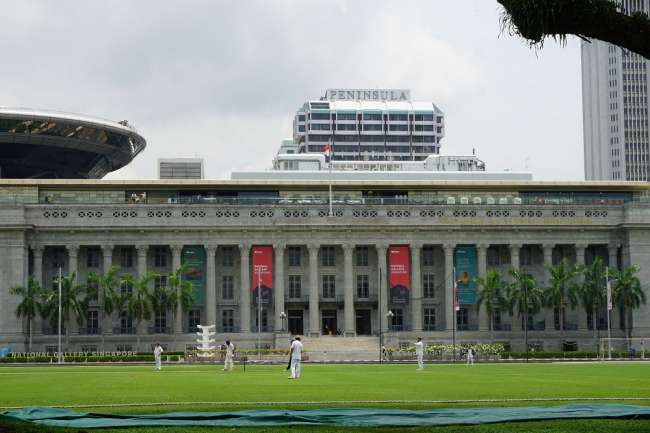
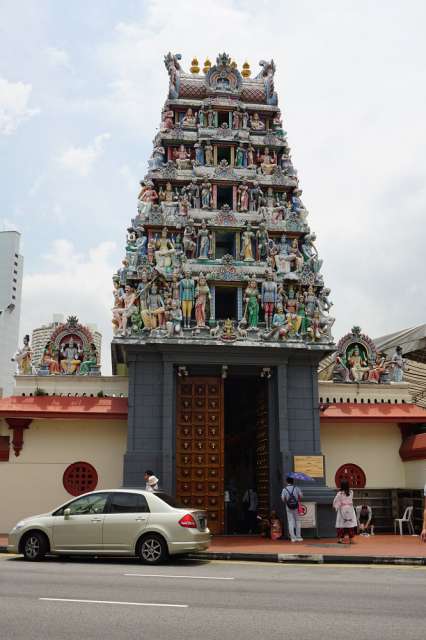
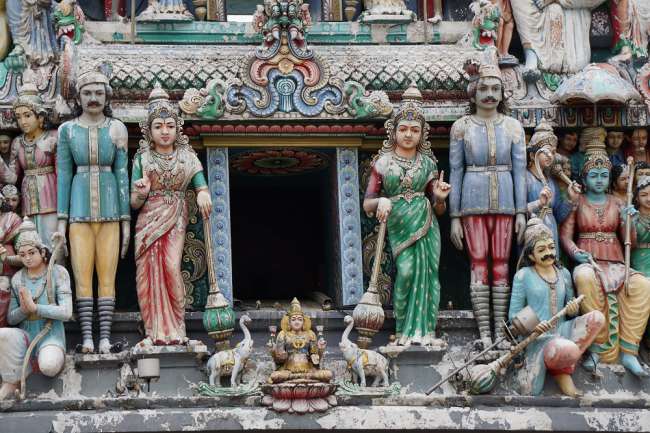
Subscribe to Newsletter
After bustling Hong Kong, Singapore seemed to me as a super modern, futuristic city. From the ship, I could already see the silhouette of the modern buildings, especially the new hotel that resembles a ship or a surfboard. Up there is the hotel's swimming pool, which gives the feeling of being right on the edge of the roof. A truly unusual building and now another attraction of Singapore.
But the old landmark of the city - the Merlion - dominates the Marina Bay. The "Merlion" is a mythical creature, half fish, half lion, symbolizing the unity of the lion city with the sea. It was "invented" by the Tourism Board in 1964, and the current sculpture is from 1972 and completely white. The generous entire complex of the port bay was created on artificial land and the music or event hall (called "Esplanade") stands out, which has a whole prickly surface. This impression is created by differently shaped aluminum blinds, which maximize daylight for indoor lighting, but at the same time block the sun. At night, it should look like the balls are glowing with electric light. The building took a long time to build because land reclamation took a lot of time and it was finally completed in 1993 for the huge sum of 600 million dollars. Despite its great functionality in the form of a music hall with 1600 seats and a theater with 2000 seats, as well as other studios, galleries, and restaurants, the building is not to everyone's taste because of its unusual roof design, which reminds some of a fly's eyes or the durian fruit. But the Sydney Opera House also didn't initially appeal to everyone. Behind the Esplanade, the new botanical garden has also been created in a kind of shell shape - "The Gardens of the Bay", which shows palms, olive trees, and tropical plants in huge spherical greenhouses. In front of it is the new "Singapore Flyer" - the largest observation wheel, from which you have a great view of the harbor and the city.
So one superlative follows the other, and you wonder how a small city-state with only 4 million inhabitants and 450,000 overseas workers can achieve this.
The key lies, of course, in the city's economic capacity with its large port, but also in paradise-like conditions for investors with few restrictions and many tax advantages. As a result, Singapore has an annual economic growth rate of 9%. But the even more important point is the tight leadership by the government. My tour guide told me that the government party is called "PAP", but in colloquial language, the two Ps are read as "Punishment and Pay", just as there is the ambiguous term "fine state", where fine stands for 1) good, beautiful 2) fine.
Here, you really have to pay high fines for everything if you violate rules. On board, we were warned not to throw away any trash (cost: minimum 500 Singapore dollars), throwing away a chewing gum can cost up to 10,000 dollars. Not operating a toilet flush costs 500 dollars. So the list of "offenses" is long and also affects private matters, for example, public displays of affection are also prohibited and punished. There is a law that allows parents in their old age to sue their children for maintenance payments, and if they don't pay, they are arrested. The quotas for owning a car are small, limited to a maximum of 10 years and associated with high payments of 10,000 dollars. The government uses this measure against air pollution, which also works, because the air is quite clean. However, bush fires in Malaysia and Indonesia often bring the problem of pollution to the city, as the countries are all close together.
From the perspective of our European understanding of democracy, all of this is of course difficult to understand, especially the death penalty, which is often applied, and the limited freedom of expression. Parliamentary elections are mandatory, and party members who do not receive enough votes are then "appointed" by the party as the opposition. The president serves representation purposes.
Despite all these details, Singapore has a functioning healthcare and education system as well as good social housing. It has 4 official languages (Malay, Mandarin, Tamil, and English) for the multicultural society, which has its quarters within the city, such as Chinatown and Little India or Arab Street. But the historical buildings from the British colonial era - especially the old Raffles Hotel - are also well-maintained and look very beautiful.
After strolling through the city in various districts and the modern financial and business district around Orchard Road, my tour then went to the city's large green lung, the botanical garden, where there is plenty of space for joggers, dog owners, and families on the large lawns. I only focused on the Orchid Garden, which I found beautiful with its over 1000 species. In the VIP garden, you could admire the orchids planted by heads of state. Angela Merkel's planted orchid was very large but not particularly beautiful. However, Maggie Thatcher's was even uglier!
My visit to Singapore was once again an interesting experience, especially impressed by the futuristic architecture. However, I suffered from the heat of over 30 degrees and the extremely high humidity. Once again, we were all looking forward to our ship with its cool rooms. But Singapore also had its challenges because when we boarded, the air conditioning was not working, and the ship resembled an oven. Technicians on board feverishly worked on it. I felt especially sorry for the waitstaff who were serving in their uniforms, while we only grabbed something to eat and went up on deck, where it was actually cooler despite the high outside temperature. The weather god must have had pity because a heavy thunderstorm followed, which brought some relief, and shortly afterward the technical problem with the air conditioning was also solved.
In general, the crew has been very busy in the last few days because the captain has also issued a security warning for Singapore, Kuala Lumpur, and Malaysia and spoke of a "concrete threat" of "extremist violence". Of course, this initially gives an uneasy feeling. The entry and exit formalities were meticulously carried out in Singapore as a result. The luggage was screened twice upon entry and leaving the terminal, iris and thumb registration were done, and the documents were examined with a long wait for the OK. Somehow, one felt relieved when waved through.
The even greater danger for the ship, however, lay in the passage of the "Strait of Malacca" and the South China Sea because here, like at the Horn of Africa, piracy works extremely successfully and incredibly organized and effective. Therefore, all passengers were urged to be vigilant and were given five telephone numbers. When darkness fell, the stern of the ship was particularly protected. That is the sensitive part of the ship because it is open (restaurant windows, open deck 3 aft). That's why another radar device was installed with 2 technicians who constantly sat in readiness with their headphones in front of black suitcases with all kinds of equipment. In addition, many guards were distributed on both sides of the ship, spread over the entire length of the ship (300m). I found that quite eerie. It is said to be the most dangerous part of the entire trip, we were told.
So far, everything is going well and I'm doing well.
I greet you all warmly. See you soon with my impressions from Kuala Lumpur!
Eva
Subscribe to Newsletter
Freagairt
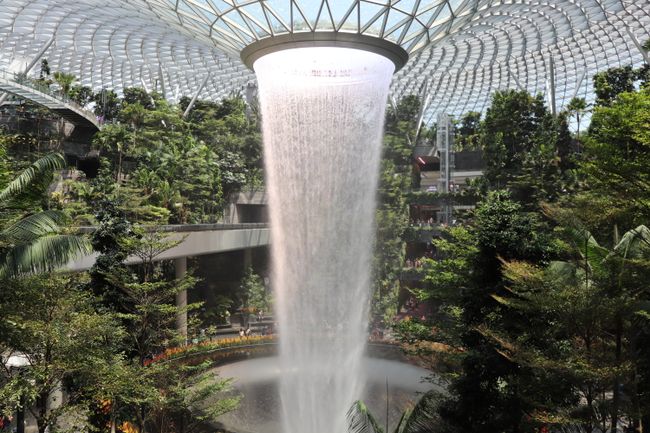
Aithisgean siubhail Singapore
